L
Lula
Guest
Thanks to everyone who replied to my earlier threads on my search for a blue sapphire. I e-mailed Wink about two sapphires on Richard Homer's site:
1.67 Emerald cut
1.90 Round
and Richard sent them out. Richard photographs the stones on a dark background, and on my computer it's hard to see the detail of the stones. Wink's still photos and videos were immensely helpful.
Here are the links to the videos:
http://www.screencast.com/t/Mjg5ODg4M
http://www.screencast.com/t/YjlhNjQxZG
Here are the photos:
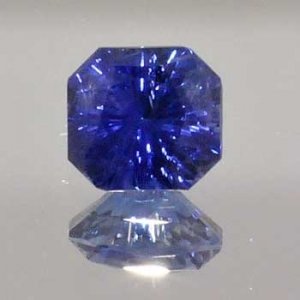
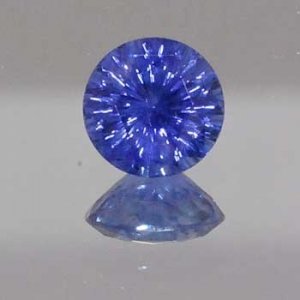
1.67 Emerald cut
1.90 Round
and Richard sent them out. Richard photographs the stones on a dark background, and on my computer it's hard to see the detail of the stones. Wink's still photos and videos were immensely helpful.
Here are the links to the videos:
http://www.screencast.com/t/Mjg5ODg4M
http://www.screencast.com/t/YjlhNjQxZG
Here are the photos:




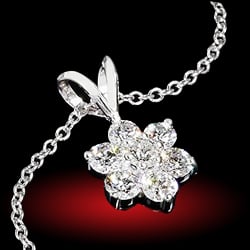
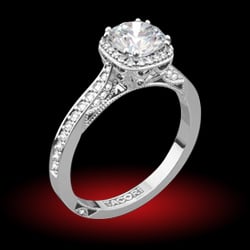
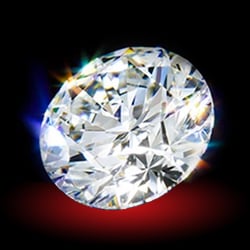



300x240.png)